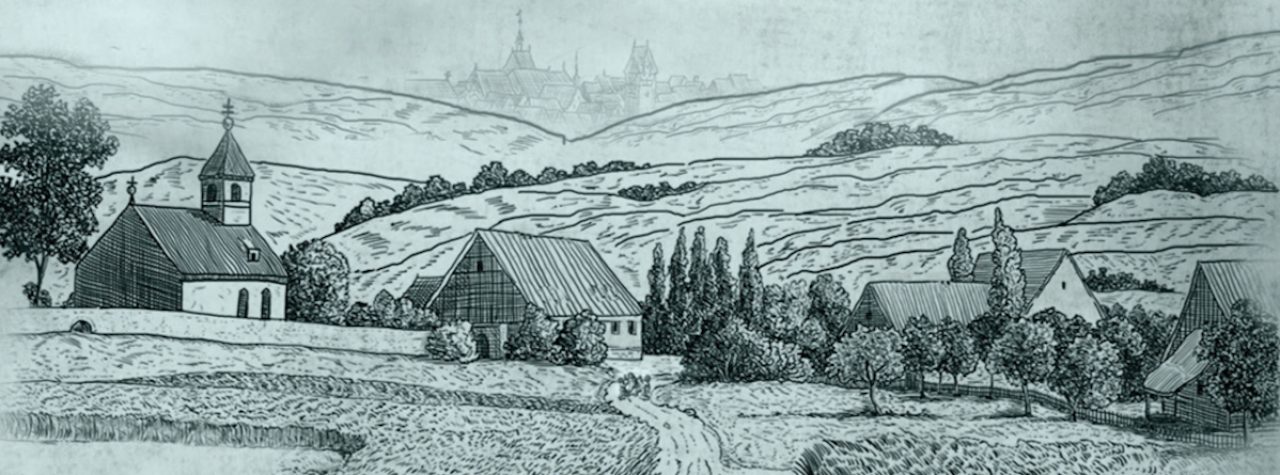I first wrote this piece last year as a guest post for The Hazardous Hippo blog. Do hop over there – Neats has some interesting posts and does lots of fascinating interviews with authors.
<<<>>>
When I read of authors who simply sit down and start writing their novels, to “see where the story takes them”, I find myself amazed that anyone could write like that! Not knowing what’s going to happen in the story? Having no idea of the ending? How do they write “by the seat of their pants”?
Well, it’s perhaps – or often – not quite as “pantsty” as it sounds? I daresay these writers do have some idea of the story, know something about their characters, might even have an inkling of the sort of ending they’re aiming at… But I don’t know. Because I’m not a pantster – I’m most definitely a plotter.
What happens for me is something like this…
 Once I have an underlying premise for the novel, and the setting, generally at least one or two characters somehow present themselves to me (not quite sure how that happens…), initially in a rather skeletal or ghostly fashion, not much fleshed out or rounded. I then do three things, although not necessarily in the following order.
Once I have an underlying premise for the novel, and the setting, generally at least one or two characters somehow present themselves to me (not quite sure how that happens…), initially in a rather skeletal or ghostly fashion, not much fleshed out or rounded. I then do three things, although not necessarily in the following order.
Firstly, I flesh out the main characters somewhat, by writing a profile for each of them. I include the obvious things – their age, what they look like, their occupation/interests, where/how they live, their families and friends and so on – but also my initial notions about their motivations and anxieties. I have found that writing a bit of a journal for each main character works quite well, for getting your head around those anxieties and motivations, and for identifying their relationships – good and bad – with other characters. I do write profiles for minor characters too – my novels tend to have a large cast – but they are not usually quite as detailed as for the main ones.
Secondly, I write a broad outline – my plan – of the whole story, from start to finish, although the ending at this stage is usually pretty vague. This is more than a synopsis. For me, it’s a summary of each chapter, sometimes down to scene level. The summary of each chapter/scene is sometimes detailed, sometimes less so, depending on how much I “know” at this stage. I might even include snippets of dialogue, if they happen to occur to me. I play around with the outline for a while, trying to ensure that the story flows, that it is reasonably well-balanced in terms of light and dark, excitement and calm, and that each narrator – my novels tend to have three or four narrators – gets their “turn”. None of this is rigid, but it’s a start…
Thirdly, I undertake some research into those aspects of the storyline or background that I don’t yet know enough about. Overall it might take months but, typically, I do enough research initially to enable me to make a reasonable stab at making a start on writing, and then continue researching as I am writing, when things inevitably arise that I realise I don’t know about at all, or have only a vague memory of and need to check.
Then, when I feel I’ve made sufficient acquaintance with the characters, have a storyline with a halfway decent structure, and I’ve done “enough” research, I start writing the first draft.
 As I write, I follow my outline, but not at all slavishly. Nothing is set in stone. I plan but I also permit change, indeed I expect change. My plan is essentially a framework of the storyline, a skeleton of events that I expand, round out and particularise with description, character interactions and dialogue into what I hope is a vibrant, page-turning novel!
As I write, I follow my outline, but not at all slavishly. Nothing is set in stone. I plan but I also permit change, indeed I expect change. My plan is essentially a framework of the storyline, a skeleton of events that I expand, round out and particularise with description, character interactions and dialogue into what I hope is a vibrant, page-turning novel!
If a planned scene isn’t working, I change it, and, if necessary, I recast the outline. This happens a lot! I invariably need to add scenes that I hadn’t thought of for my outline, or change the sequence of scenes I had thought of. The characters might do or say something I hadn’t planned, so I have to go back and change something I’d written earlier. I consult the character profiles as often as I need to, adjusting them where necessary as my acquaintance with, and understanding of, the characters develop. I don’t set out knowing all of their innermost thoughts and feelings, but rather they emerge as the story proceeds, just as you gradually learn about a real friend’s thoughts and feelings as your relationship with them develops.
Of course, having written the first draft, it’s then edit, edit and edit again, and again I might well change the content and/or sequence of scenes many times before I’m done. That is the way I write – it evolves over time.
I feel that, despite the planning, the process of writing my novel remains “creative”. I suppose that the outline focuses mostly on the novel’s plot, the sequence of events, rather than the characters’ reactions to those events and their emotional responses, both of which arise during the writing and can, and invariably do, change the plot.
For me, having an outline helps to keep the fear of “writer’s block” at bay. I have a framework to work from but, because it’s not rigid, I do still sometimes find myself unable to visualise a scene, or hear the dialogue I need to make the scene come alive. But if I didn’t have the framework, I don’t think I would be able to write the novel at all.
My next book, A Woman’s Lot, the second Meonbridge Chronicle, will be published in the early summer. If you haven’t read the first Chronicle yet, you can find Fortune’s Wheel here. If you’d like to join my “support team”, go to Subscribe at the top of my website, or just click here.

Interesting! Plenty of opportunities for creativity – but enough planning to avoid writers’ block (and wasting too much time on fine tuning stuff only to delete it months later 😉
LikeLike
Absolutely, Hannah. Some writers think that planning destroys (or at least limits) creativity, but I honestly don’t find that. But we all do it differently, so each to his own, and this does seem to work for me!
LikeLike